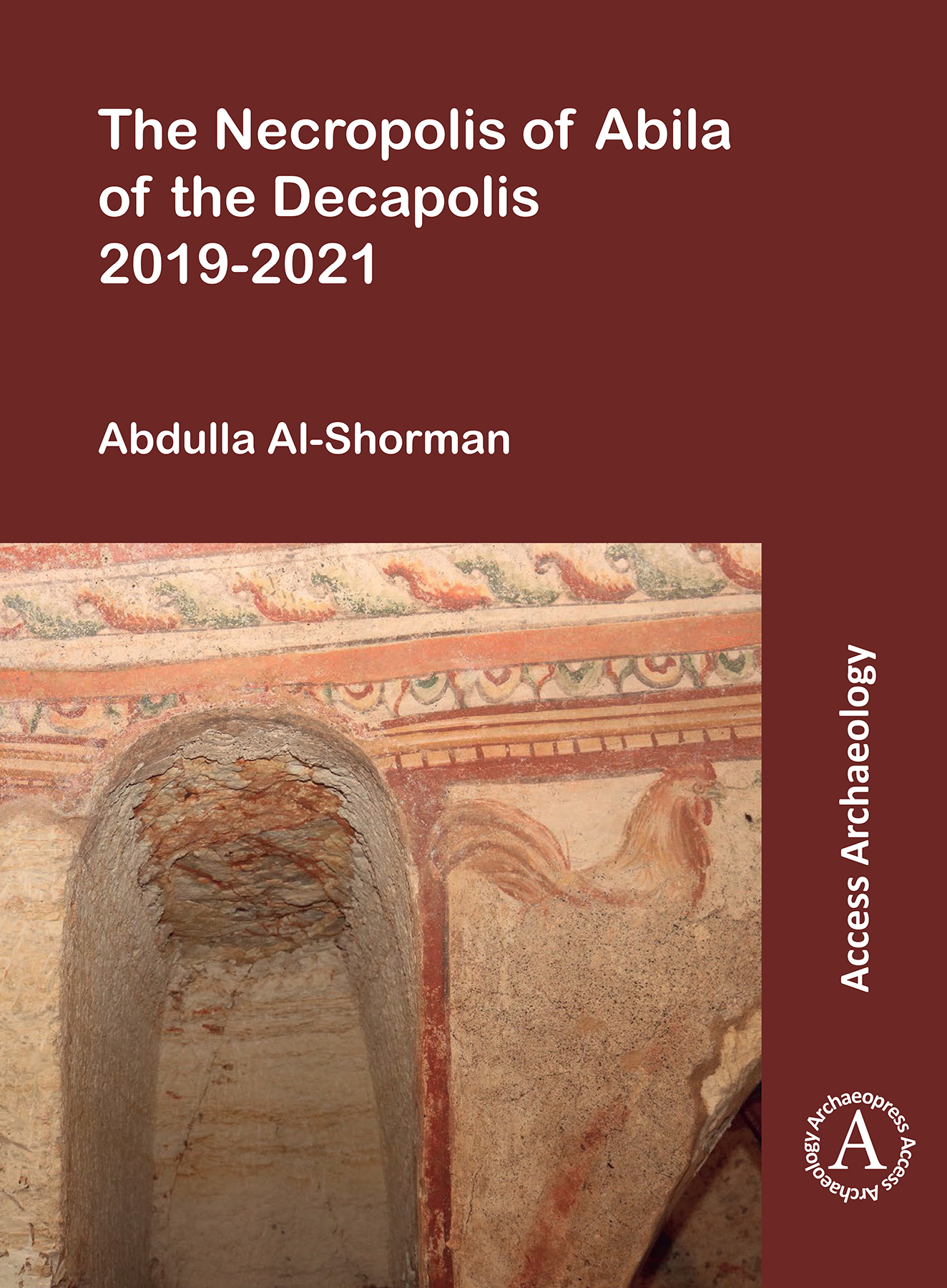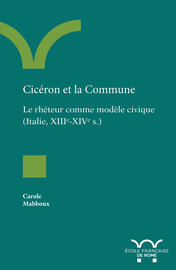Da Roma a Gades/De Roma a Gades is dedicated to the illustrious and beloved archaeologist Simon Keay. It collects the scientific results of the International Workshop held in Rome in September 2019, which discussed the management, elimination and reuse of artisanal and commercial waste in maritime and river ports. Two relevant archaeological finds in recent years (the ‘Nuovo Mercato Testaccio’ in Rome, focused on the recycling of rudera; and the ‘Halieutic Testaccio’ in Gades, dedicated to waste from the fish processing industry), both currently being opened as museums, have constituted the spur to revive the discussion on the fundamental importance of ‘dumps’ for historical reconstruction in Antiquity. A dozen contributions from Italian, Spanish and French colleagues analyze the role of urban waste in the city from multiple perspectives, although most prominently from an archaeological point of view. From the few public examples still known in the Roman world (Monte Testaccio and the new find in Cádiz, possibly managed by that municipium in Baetica) to the problem of selected and unselected waste. Through paradigmatic examples from the Western Mediterranean (from the Palatine or Trastevere in Rome to the unique cases of Augusta Emerita or Arles) the contributors reflect on the ‘typology’ of dumps and their importance for understanding the ways of life of past societies.
Contents
Presentazione – Leonardo Nardella ;
Presentación – Antonio Pizzo ;
Introducción. De las Sordes Urbis a las descargas seleccionadas/no seleccionadas ¿cómo clasificar los «vertederos» arqueológicos? – Renato Sebastiani, Darío Bernal-Casasola e Alessia Contino ;
I RIFIUTI E LE DISCARICHE: DALLE FONTI DOCUMENTALI AI REPERTI ARCHEOLOGICI ;
Leyes y normas sobre la gestión de los residuos en época romana – Juan Francisco Rodríguez Neila ;
Roma e i rifiuti urbani: un problema di stoccaggio, eliminazione e riuso – Alessia Contino ;
DISCARICHE PUBBLICHE: CARATTERISTICHE DELL’INTERVENTO STATALE NELLA GESTIONE DEI RIFIUTI URBANI ;
Monte Testaccio. Un basurero público – José Remesal Rodríguez ;
El Testaccio haliéutico de Gades. Un vertedero especializado dependiente del municipium – Darío Bernal-Casasola y José Manuel Vargas Girón ;
DISCARICHE SELEZIONATE: SMALTIMENTO E REIMPIEGO DEI RUDERA ;
La discarica per rudera del Nuovo Mercato Testaccio a Roma – Alessia Contino, Lucilla D’Alessandro e Renato Sebastiani ;
Scarichi e colmate da un centro di consumo privilegiato: il santuario della Magna Mater e le pendici nord orientali del Palazzo dei Cesari sul Palatino – Fulvio Coletti e Marta Casalini ;
DISCARICHE NON SELEZIONATE: SMALTIMENTO DEI RIFIUTI URBANI ;
Le discariche non selezionate: l’esempio di via Morosini e via Sacchi a Trastevere – Massimo Brando, Daniele Pantano e Renato Sebastiani ;
Los vertederos y la eliminación de los residuos sólidos en Augusta Emerita (Mérida, España) – Jesús Acero Pérez ;
Gestion et fonction des déchets amphoriques et céramiques : l’exemple d’Arles – David Djaoui ;
CONCLUSIONI E PROSPETTIVE ;
Note conclusive – Darío Bernal-Casasola, Alessia Contino e Renato SebastianiH 276 x W 203 mm
264 pages
107 figures, 2 tables (colour throughout)
Italian text
Published Jun 2022
Archaeopress Access Archaeology
ISBN
Paperback: 9781803272986
Digital: 9781803272993






















 Stumble It!
Stumble It!
